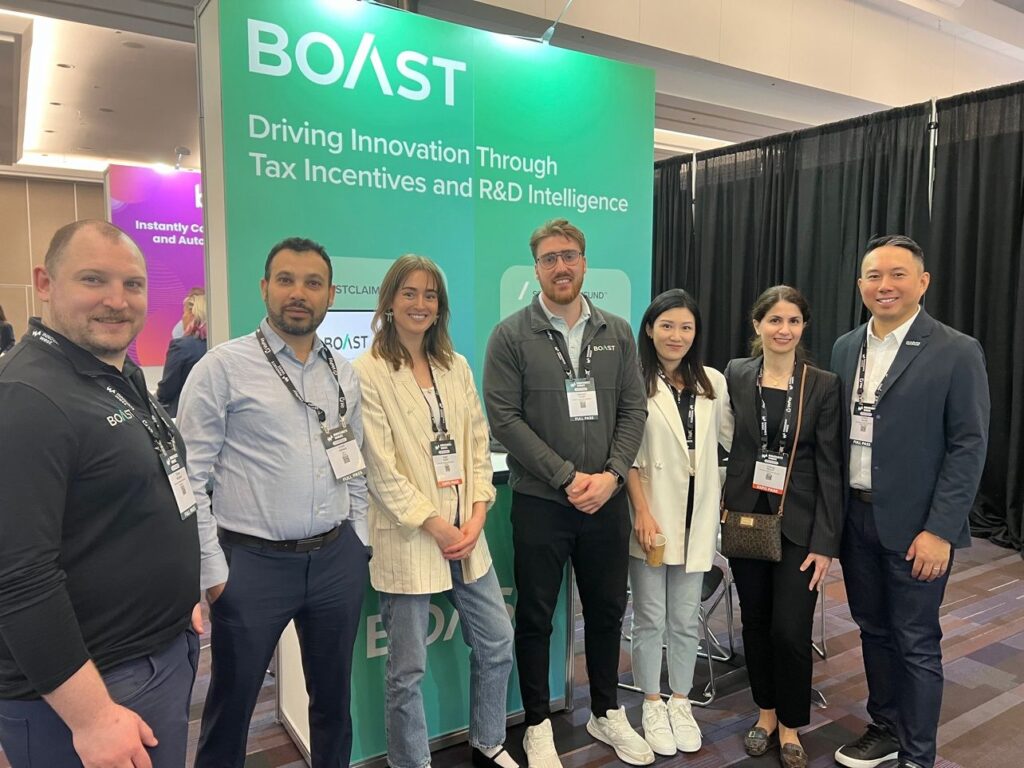As we recently discussed, accurately qualifying and incorporating your business can have major tax implications. This is true in the United States and in Canada, as there are numerous tax credits and grant programs offered by both the IRS and CRA (as well as within individual states and provinces) to help fuel the growth of innovative startups.
Job creation, however, and the ability to actually grow the local economy and tax base is at the heart of many of these government programs.
Like many founders, however, you’re probably looking at your businesses through a lens of global impact, ie. how your new products and services will affect people the world over—not just in your backyard.
What’s tricky is that your ability to tap into government-backed funding programs ultimately does hinge on where your business is based. If your organization isn’t fixed to a single location or geography, this could either complicate how you incorporate, or actually open up new opportunities for growth funding.
This becomes especially important as you explore venture capital (VC) and funding outside of government grants and tax credits.
While government-delivered funding is critical at all stages of startup life, when you start exploring VC to take your organization to the next level of growth, you may need to reconsider how and where your business is incorporated to maximize your access to capital.
Refresher: The tax benefits of a CCPC
For Canadian founders, there are several material benefits to incorporating as a Canadian-controlled private corporation (CCPC). For earliest-stage startups, for instance, the Small Business Deduction (SBD) provides a preferential deduction rate on the first $500,000 in active business income a CCPC accrues in Canada.
Additionally, CCPCs can claim up on average 64 percentof recoverable amounts on qualifying salaries (versus only 36 percent for non-CCPCs), while also recovering up to 32 percent of subcontractor fees and 42 percent of materials costs that qualify for SR&ED (see this infographic to learn more). Please note that rates could vary slightly depending on where your company is incorporated in Canada.
There’s also the enhanced SR&ED Income Tax Credit (ITC) that, along with the SBD, CCPCs can leverage on upwards of $3 million worth of qualifying R&D costs. This plays out at 35 percent of annual SR&ED ITC expenditures, opposed to a 15 percent standard rate for non-CCPC organizations.
Advantages of incorporating in the United States
When you consider the generous tax benefits and grant programs available to CCPCs, it’s not unreasonable to be wary about losing CCPC status if that’s been fruitful for your organization.
But from the perspective of potential investors—especially deep-pocketed VCs based in the United States—incorporating stateside might simply make it easier to do business.
This is especially true in the context of both navigating taxes—filing in multiple countries is bound to create more paperwork—and also rocky market conditions. That’s because lending markets are tight in general, with VCs feeling especially wary about making tech investments in the wake of recent bank failures. These VCs may simply feel more comfortable doing business with companies that are incorporated on the same home turf.
Many US-based VCs also may just be unfamiliar with the tax system in Canada, and therefore lack an appetite for conducting the necessary due diligence to comply with local regulations. By working within corporate models that offer predictability when it comes to taxes and compliance, you might make the decision to invest in your business more attractive for VCs than if they have to get fluent in foreign tax code.
Why Delaware though?
To that end, many VCs zero in on Delaware as the location of choice for their invested businesses to be incorporated. While this is a super specific request, it comes with almost 200 years of precedent.
There have been corporate disputes held within the Delaware Court of Chancery for decades that have resulted not just in business-friendly policies for the state, but a highly-predictable tax structure that’s easy for VCs to navigate.
Best of all for VCs, by incorporating as a C-Corp in Delaware, not only are shareholders taxed separately from the organization—a characteristic of C-Corps across the US as well as CCPCs in Canada—but there are many legal protections for founders and board members specifically that limit their personal liability when making potentially risky business decisions.
Additionally, a business does not have to be physically located in Delaware to incorporate within the state. All a C-Corp needs is a Registered Agent located in the state to act as an intermediary between the business and state officials for shareholders and founders to enjoy Delaware’s liability protections.
What to consider before changing incorporation status
The fact of the matter remains that your business is unique, and your capital strategy is going to need to be tailored to your roadmap.
If you’re at an early stage, for instance, and are still in the midst of developing your products and services, the government tax credits and grants you enjoy as a CCPC may be too valuable to risk losing by changing your incorporation status. SR&ED, IRAP and a slew of other programs could be funding a significant portion of your R&D runway, so you may want to wait until you’ve reached a higher level of TRL maturity before reaching out to VCs at all.
However, it’s important that you know exactly what tax credits and grants you’ll qualify for as a CCPC, as well as calculating what claims you’ll lose if you abandon that status.
This is especially important as you consider R&D tax policy in the US, as the R&D tax code at the federal level is in a rough state. That’s because implications from the 2017 Tax Cuts and Jobs Act (TCJA)—namely, new amortization and capitalization rules within Section 174—currently hinder the ability of startups to expense any R&D costs stateside within the year accrued.
All of that is to say that the decision of where to incorporate really hinders on how much of your funding is bound to come from VCs or as cash back from the government, as well as where it makes the most sense for you personally. After all, money isn’t everything, and it may be the mission of your team to help boost your local economy while also creating innovative new products and services.
Regardless of your motivations, getting a complete, active picture of the state of your R&D as well as your tax and grant eligibility is the best starting point to understand the pros and cons of where you incorporate.
Boast AI syncs seamlessly with your project and financial systems to give you a holistic picture of the status of your projects as well as your tax status to help you make the most informed decisions about your business. Schedule a call with our team today to learn more.









